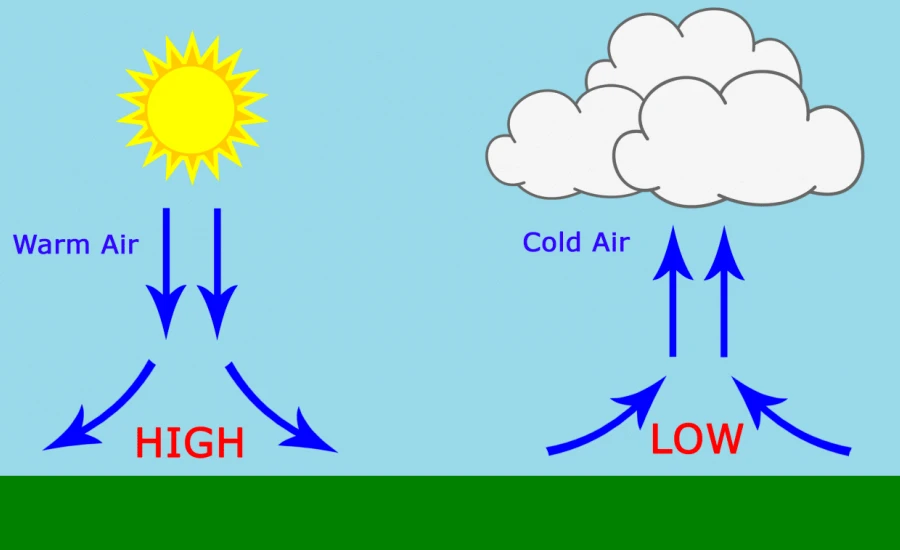
,文章长度约1000单词,内容要专业、准确、详细,并符合SEO优化要求
html
Atmospheric Air Pressure Definition: Understanding the Force of the Air Around Us
Atmospheric air pressure, often simply called air pressure or barometric pressure, is a fundamental concept in meteorology and physics. It refers to the force exerted by the weight of the Earth’s atmosphere on surfaces at any given point. This invisible force plays a crucial role in weather patterns, human physiology, and various technological applications.
What is Atmospheric Air Pressure?
Atmospheric air pressure is defined as the force per unit area exerted against a surface by the weight of air above that surface in the Earth’s atmosphere. In scientific terms, it’s the pressure within the atmosphere of Earth. The standard unit for measuring air pressure is the pascal (Pa), though meteorologists often use hectopascals (hPa), millibars (mb), or inches of mercury (inHg).
The average atmospheric pressure at sea level is approximately:
- 101,325 pascals (Pa)
- 1,013.25 hectopascals (hPa)
- 1,013.25 millibars (mb)
- 29.92 inches of mercury (inHg)
How Atmospheric Pressure Works
Atmospheric pressure results from the gravitational pull on air molecules in the atmosphere. Air has mass, and gravity pulls this mass downward, creating pressure. The pressure at any point in the atmosphere is equal to the weight of the column of air directly above that point extending to the top of the atmosphere.
Several factors influence atmospheric pressure:
1. Altitude
Pressure decreases with increasing altitude because there’s less air above to exert downward force. This is why mountain climbers need supplemental oxygen at high elevations.
2. Temperature
Warm air is less dense than cold air, so areas of warm air typically have lower pressure, while cold air masses create higher pressure areas.
3. Humidity
Water vapor is lighter than dry air, so moist air tends to create lower pressure conditions than dry air at the same temperature.
Measuring Atmospheric Pressure
Scientists use various instruments to measure atmospheric pressure:
Mercury Barometer
Invented by Evangelista Torricelli in 1643, this classic instrument measures pressure by the height of a mercury column it can support. The standard atmospheric pressure supports a column of mercury about 760 mm (29.92 inches) tall.
Aneroid Barometer
This more portable device uses a sealed, flexible metal chamber that expands or contracts with pressure changes, moving a needle on a dial.
Digital Barometers
Modern electronic sensors use various technologies to detect pressure changes with high accuracy, often integrated into weather stations and smartphones.
Importance of Atmospheric Pressure
Atmospheric pressure affects numerous aspects of our world:
Weather Systems
Differences in air pressure drive wind and storm systems. Low-pressure areas typically bring cloudy, rainy weather, while high-pressure systems generally mean clear skies.
Human Health
Changes in air pressure can affect joint pain, migraines, and blood pressure. Rapid pressure drops often precede storms and may cause these symptoms.
Aviation
Pilots must account
Keyword: atmospheric air pressure definition
